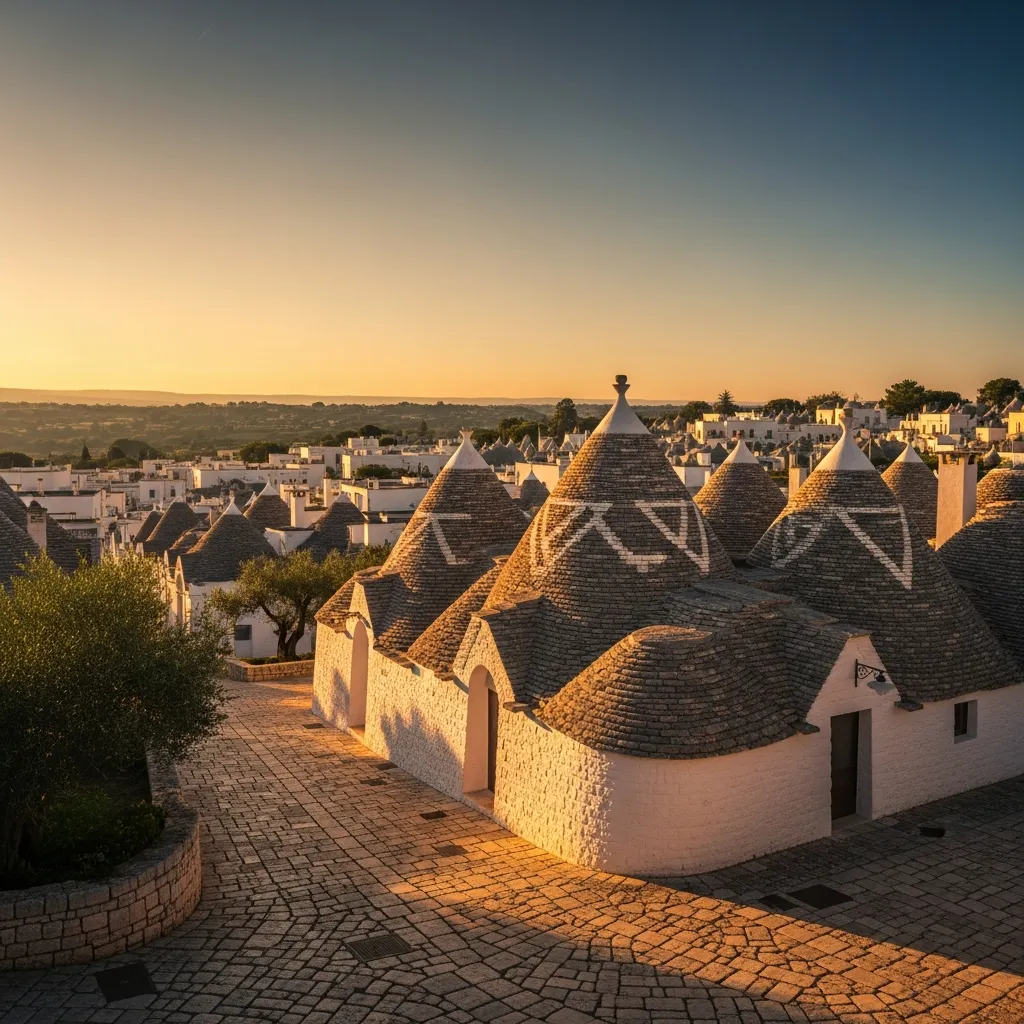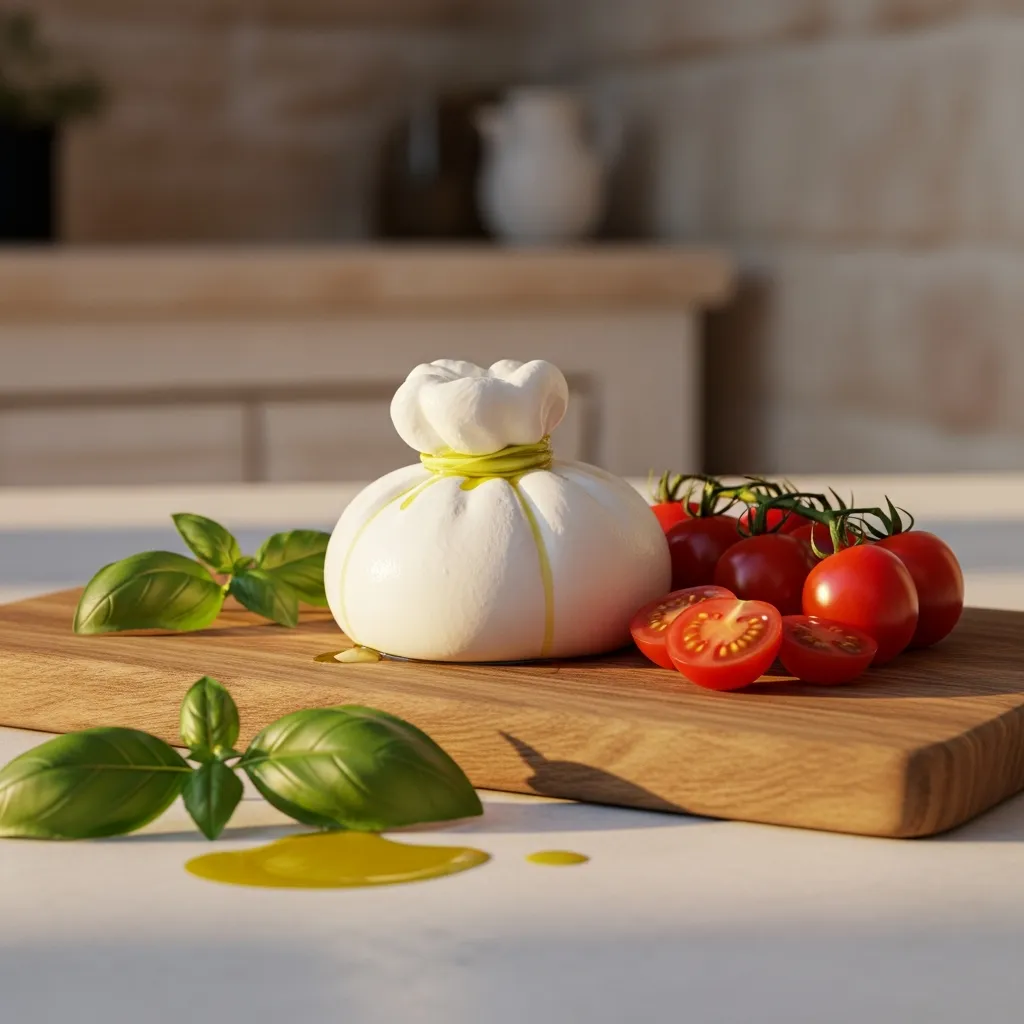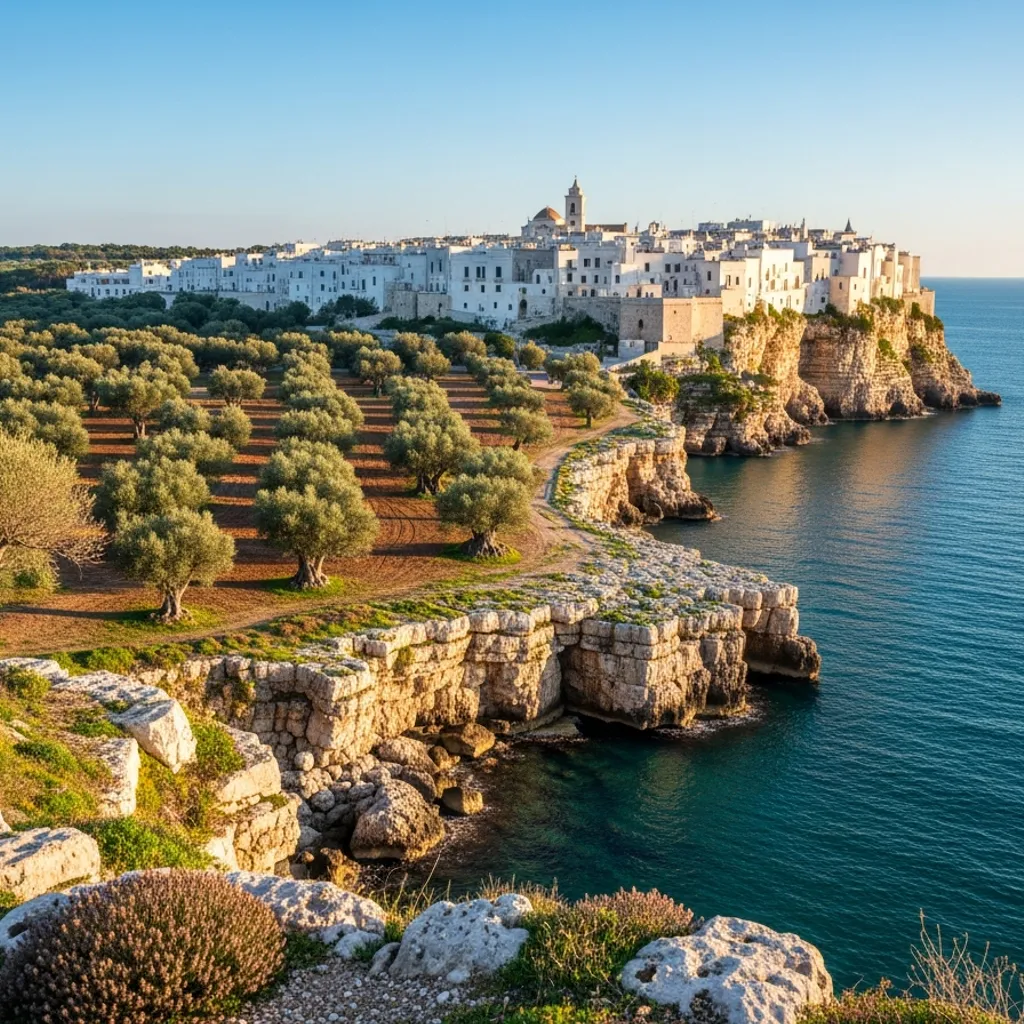Apulia travel: coastal charm and timeless villages
Visit Apulia for sunlit limestone towns, a rugged coastline, and a food culture that turns simple ingredients into memorable meals. The region rewards slow travel, so explore narrow streets on foot, study centuries old architecture, and move from sheltered bays to wind swept cliffs without long transfers. Practical travel note, hire a car to reach olive groves and quiet beaches, use small town centres for walking and evening meals. Base yourself on the Apulia coast for easy access to swimming and seafood, then day trip inland to markets, frescoed chapels and working farms. Expect generous olive oil, regional wines and markets that reward curiosity. Apulia travel suits short breaks or longer stays, spring and autumn bring milder weather, summer offers lively festivals and full beaches.

Alberobello’s trulli are a UNESCO World Heritage site, inscribed in 1996 under criteria iii, iv, and v, recognised for dry stone construction and an unusually intact vernacular townscape.
Fine Dining and Local Flavours
For memorable, upscale Apulian dining, head to Il Falco Pellegrino . The restaurant pairs a carefully curated wine list with dishes that spotlight local ingredients, served in a chic, inviting dining room. Service is attentive and the atmosphere balances sophistication with warmth, making it well suited to special occasions or a refined evening out. Vegan and vegetarian choices are limited, so call ahead if you need plant based options or wish to request adjustments. Expect polished plates that highlight regional techniques and flavours, and book in advance for peak nights. Practical details matter: ask your server about wine matches and daily specials, and allow time to savour the meal rather than rush through it.

Burrata di Andria entered the European Union register of Protected Geographical Indications on 21 November 2016, published in the Official Journal L 327 on 2 December 2016.

